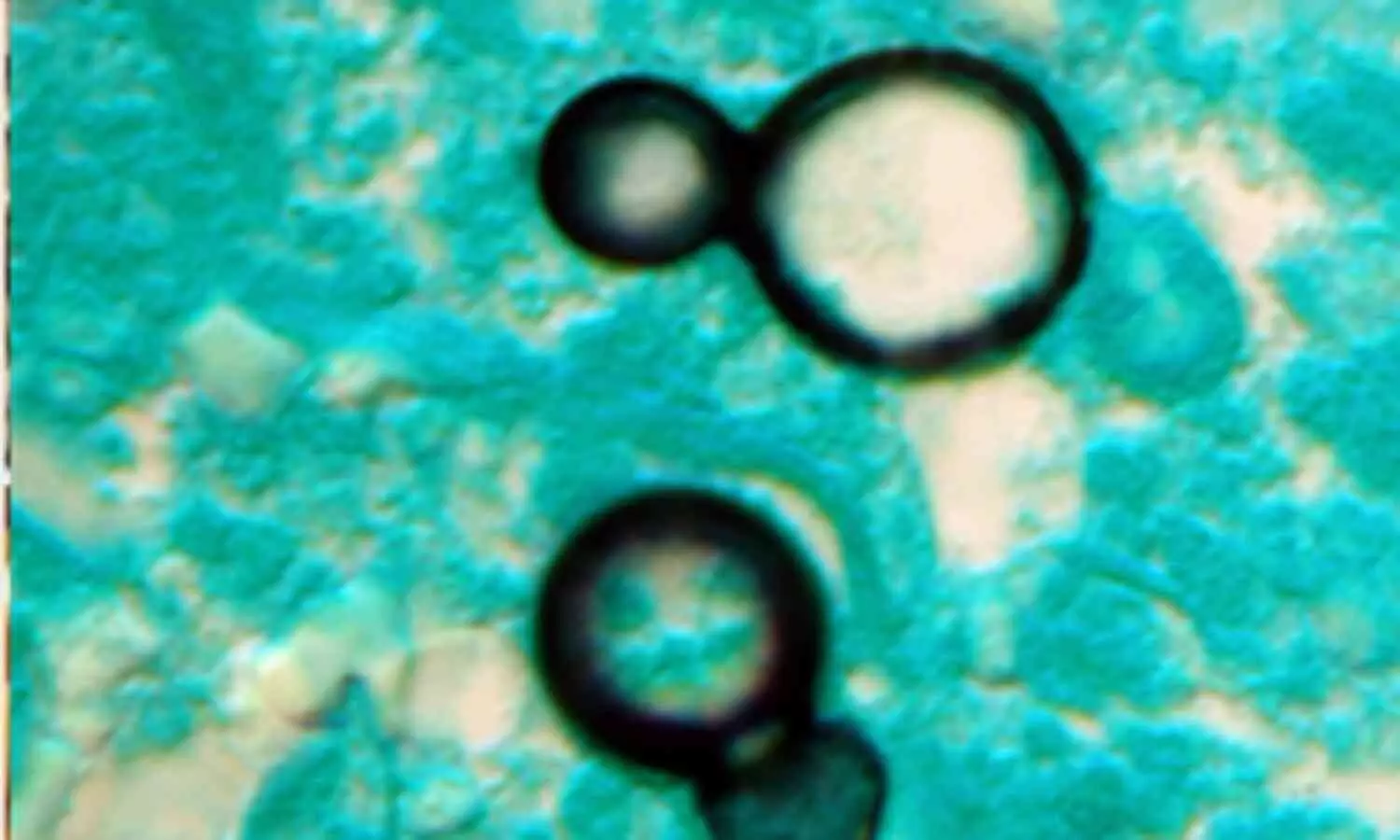Lancet: Addressing Bacteria Alone Insufficient to Tackle Deadly Antimicrobial Resistance

New Delhi: A study published in The Lancet on Friday highlights the importance of including fungal pathogens in the fight against deadly antimicrobial resistance, which is quickly emerging as a global public health threat.
The study, led by scientists at the universities of Manchester in the UK, Amsterdam, and the Westerdijk Institute in the Netherlands, showed that most fungal pathogens identified by the World Health Organisation (WHO) are either already resistant or rapidly acquiring resistance to antifungal drugs.
These fungal pathogens account for around 3.8 million deaths a year.
The study, which comes ahead of the UN meeting on AMR later this month, calls for including resistance developed in many fungal pathogens to curb AMR.
The scientists argued that focussing on bacteria alone will not help fully combat antimicrobial resistance (AMR). They called for immediate action, without which resistance to fungal disease will escalate.
Aspergillus, Candida, Nakaseomyces glabratus, and Trichophyton indotineae are the major fungicide resistant infections. These can have devastating health impacts on the elderly and people with weak immune systems.
Dr. Norman van Rhijn from The University of Manchester said that invasive fungal diseases have been responsible for many drug resistance problems over the past decades.
However, the threat of fungal pathogens and antifungal resistance has largely been “underrecognised” and “left out of the debate” by scientists, governments, clinicians, and pharmaceutical companies.
Van Rhijn explained that “the close similarities between fungal and human cells make it hard to find treatments that selectively inhibit fungi with minimal toxicity to patients”.
The scientists suggested a global consensus on limiting the use of certain classes of antifungal molecules. They also stressed the need for collaborating on solutions and regulations that ensure food security and universal health for animals, plants, and humans.


